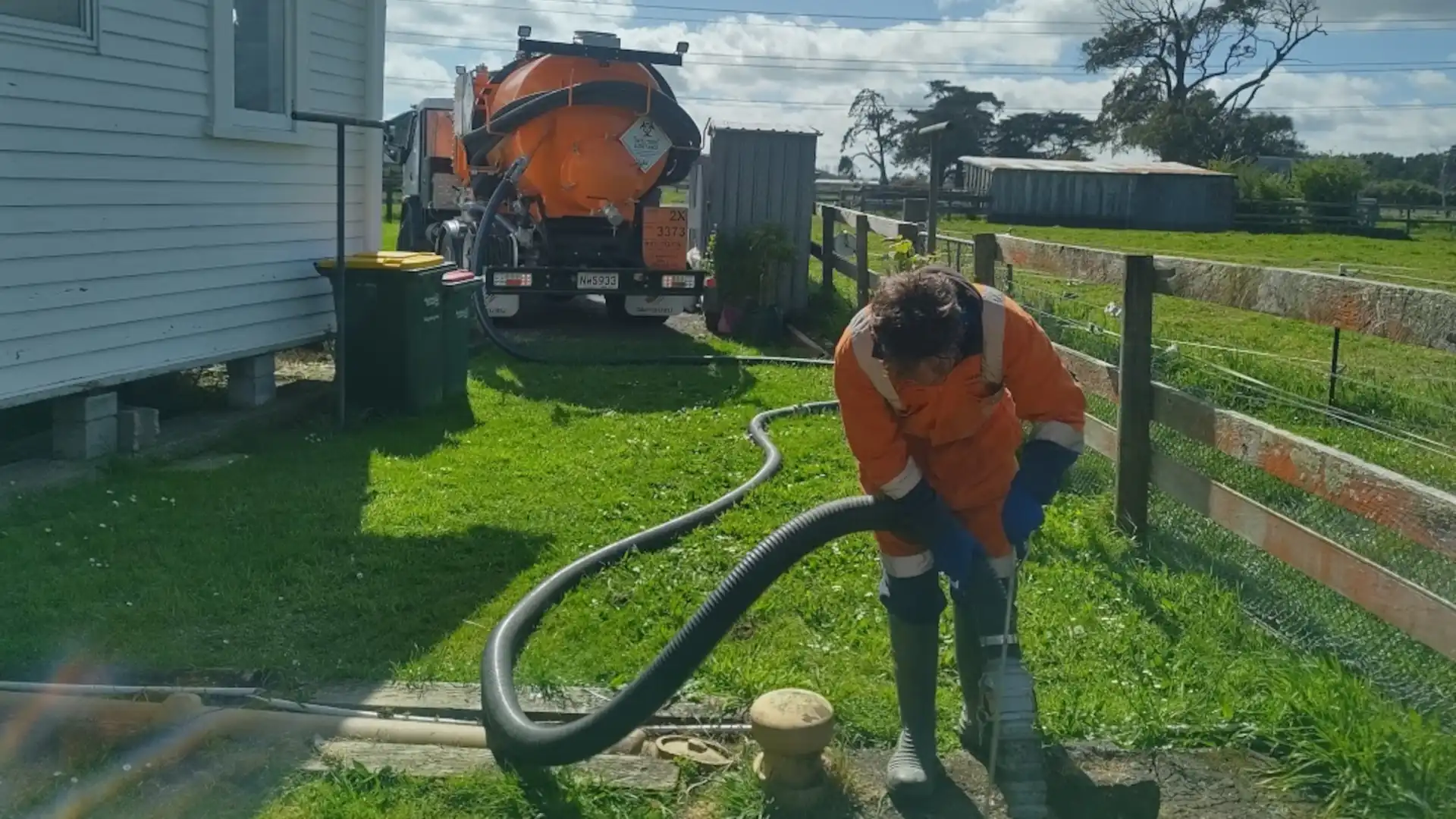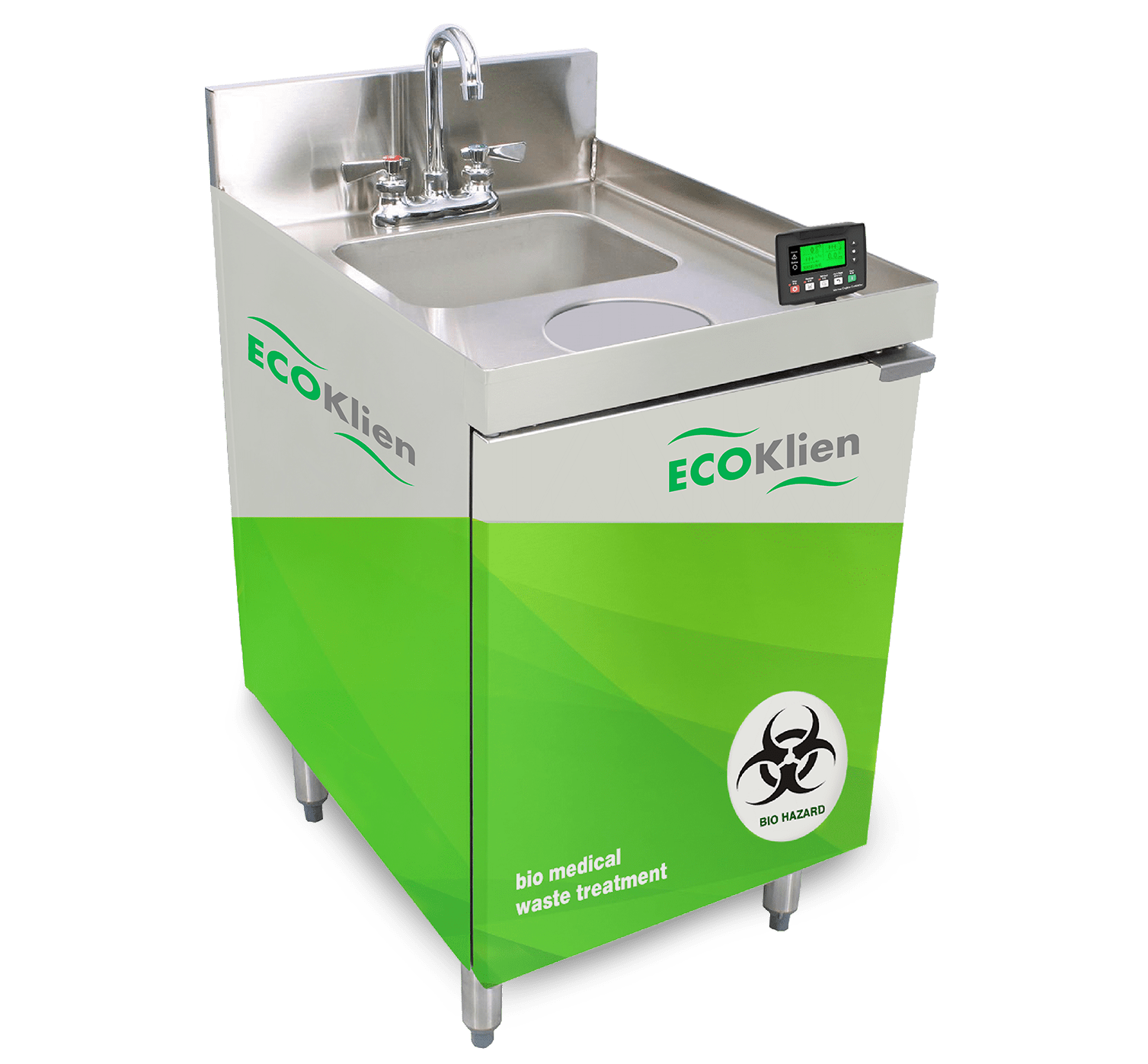How Liquid Garbage Disposal Works: An In-depth Summary of Techniques and Technologies Utilized

Overview of Fluid Waste Kind
The intricacy of fluid waste kinds demands a detailed understanding of their qualities and effects for disposal. Liquid waste can generally be categorized right into several kinds, consisting of commercial, community, agricultural, and contaminated materials. Each classification exhibits distinct residential or commercial properties, calling for details monitoring techniques to alleviate ecological and health risks.
Industrial liquid waste stems from making procedures and often has a series of contaminants, such as hefty steels, solvents, and natural compounds. Municipal liquid waste, mostly comprising wastewater from families and business establishments, consists of raw material, nutrients, and pathogens (industrial wastewater treatment). Agricultural liquid waste, including overflow from ranches, might contain fertilizers, pesticides, and animal waste, positioning threats to water top quality and ecosystems
Unsafe fluid waste is characterized by its poisoning, sensitivity, or possible to cause harm. Comprehending these diverse liquid waste kinds is critical for developing efficient disposal approaches and making certain compliance with ecological guidelines.
Physical Treatment Techniques

Screening is the preliminary step, where bigger fragments and debris are gotten rid of from the fluid waste making use of displays or grates. In sedimentation containers, heavier particles resolve at the base, creating a sludge layer, while the made clear liquid can be further dealt with.
Filtration is an additional necessary method that includes passing the fluid with porous products, such as sand or membrane layers, to catch smaller bits. This step boosts the top quality of the liquid, making it suitable for succeeding therapy procedures.

Chemical Treatment Techniques
Chemical treatment methods are crucial for properly handling liquid waste, particularly in dealing with liquified and colloidal contaminants that physical approaches might not effectively remove. These strategies make use of different chemical agents to reduce the effects of, precipitate, or change unsafe materials right into much less unsafe kinds.
One common method is coagulation and flocculation, where chemicals such as alum or ferric chloride are contributed to promote the gathering of suspended bits. This process improves sedimentation, permitting less complicated removal of the resulting sludge. In addition, oxidation processes, utilizing representatives like chlorine or ozone, are employed to break down intricate organic compounds and microorganisms, providing the waste more secure for discharge or additional therapy.
Neutralization is an additional important technique, which readjusts the pH of acidic or alkaline waste streams to neutral degrees, preventing possible damage to downstream systems and the atmosphere. Furthermore, advanced oxidation processes (AOPs) use combinations of oxidants and ultraviolet light to weaken relentless pollutants, accomplishing a higher degree of therapy efficiency.
Biological Treatment Processes
Organic therapy procedures play a crucial duty in the monitoring of fluid waste by using microbes to decay organic issue and minimize impurity levels. These procedures can be generally categorized right into aerobic and anaerobic treatments, each using specific microbial communities to attain efficient waste destruction.
Cardiovascular treatment involves using oxygen to help with the failure of organic materials by germs. This process is commonly executed in activated sludge systems, where aeration containers supply a favorable environment for microbial growth, causing the oxidation of organic contaminants. The resultant biomass can be divided from treated effluent via sedimentation.
On the other hand, anaerobic therapy takes place in the lack of oxygen, counting on different microorganisms to break down raw material. This approach is specifically helpful for high-strength waste, as it generates biogas, a renewable resource source, while decreasing sludge manufacturing. Technologies such as anaerobic digesters are regularly utilized in industrial and municipal applications.
Both cardiovascular and anaerobic organic therapies not just minimize the ecological impact of liquid waste but likewise assist in source recuperation, making them important elements of lasting waste administration approaches. Their efficiency, effectiveness, and versatility support their prevalent liquid waste disposal application across different industries.
Arising Technologies in Disposal
Cutting-edge strategies to liquid garbage disposal are rapidly evolving, driven by innovations in innovation and a boosting focus on sustainability. Amongst these emerging technologies, membrane layer bioreactors (MBRs) have actually gotten traction for their capacity to combine biological therapy with membrane filtering, resulting in high-grade effluent that can be recycled in numerous applications. MBRs enable smaller sized impacts and a lot more efficient procedures contrasted to conventional systems.
One more encouraging development is using anaerobic digestion incorporated with nutrient recovery innovations, which not only deals with fluid waste but likewise generates biogas and recuperates important nutrients like nitrogen and phosphorus. This double advantage boosts resource effectiveness and lowers ecological impact.
Furthermore, progressed oxidation procedures (AOPs) are being taken on for the destruction of intricate organic contaminants. These approaches use effective oxidants and stimulants to break down contaminants at the molecular level, providing an extremely reliable remedy for tough waste streams.
In addition, the assimilation of expert system and equipment learning in waste monitoring systems is maximizing operational performance and predictive maintenance, leading to reduced prices and improved environmental conformity. These modern technologies show a substantial shift towards even more efficient and sustainable fluid waste disposal methods.
Final Thought
In final thought, efficient liquid waste disposal demands a detailed understanding of numerous techniques and innovations. By constantly progressing these methodologies, it becomes feasible to resolve the growing difficulties associated with fluid waste, inevitably contributing to ecological security and resource healing.
Fluid waste disposal is a critical facet of environmental management, calling for a thorough understanding of different techniques and technologies tailored to various waste types. Fluid waste can extensively be classified into numerous kinds, consisting of industrial, community, farming, and harmful waste. Agricultural liquid waste, including drainage from farms, might include plant foods, chemicals, and animal waste, presenting dangers to water top quality and ecosystems.
Various physical therapy methods play a critical role in handling fluid waste properly - industrial wastewater treatment.In verdict, reliable fluid waste disposal necessitates a detailed understanding of numerous methods and technologies